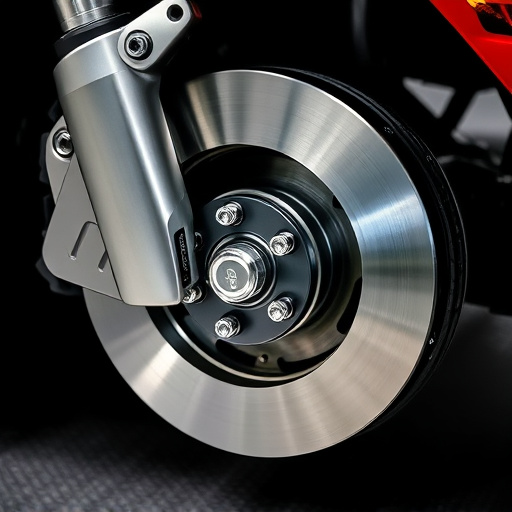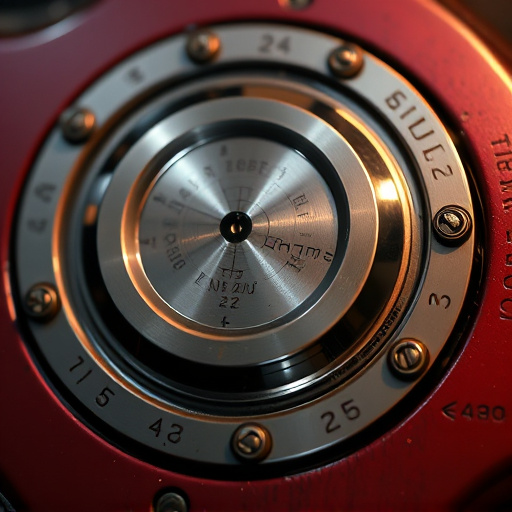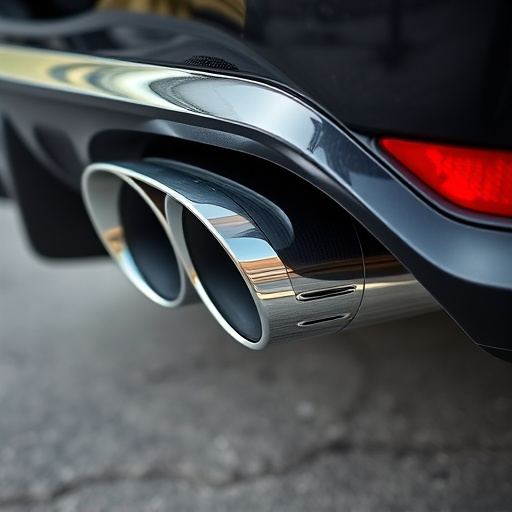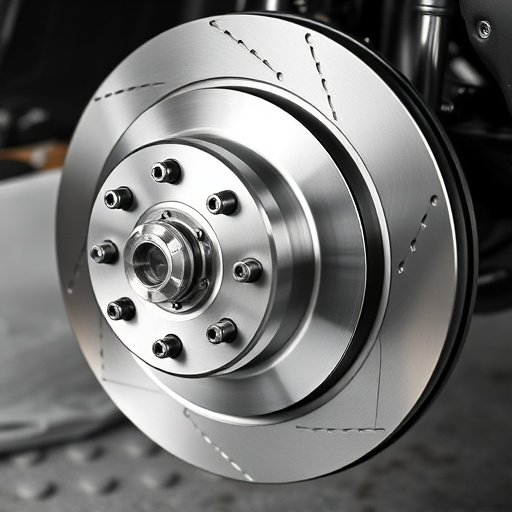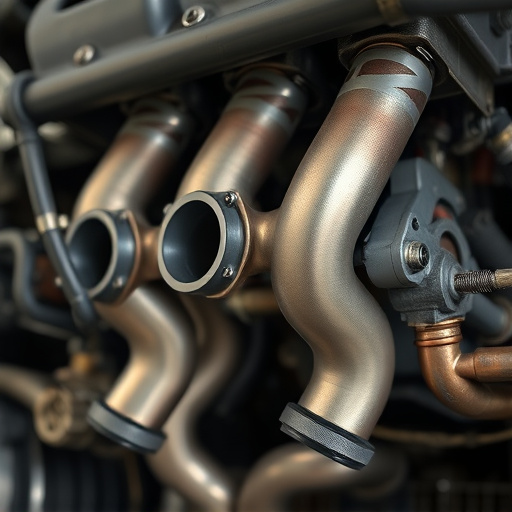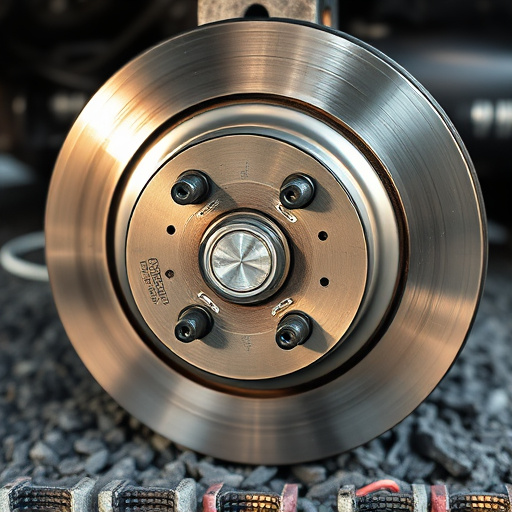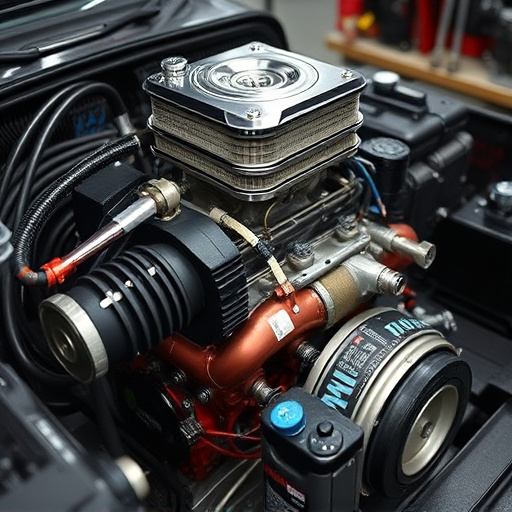Universal Catalytic Converters (UCCs) are vital for modern vehicles, reducing harmful pollutants. A typical UCC includes an oxidizing and reducing catalyst on a ceramic monolith. For optimal performance, high-performance parts should complement UCC installation, with proper alignment and mounting hardware integrity crucial to avoid issues like inefficient gas flow, reduced engine power, and damage. Regular testing, maintenance, visual inspections, and suspension/intake care ensure peak efficiency and improved overall vehicle performance for catalytic converter universal applications.
“Avoid common pitfalls with universal catalytic converter installation using our comprehensive guide. These converters, designed for versatility, are a game-changer for vehicle emissions control. We’ll first demystify their key components, empowering you to grasp their inner workings. Next, we’ll highlight and rectify typical installation errors, ensuring your conversion is seamless. Furthermore, discover testing and maintenance tips to keep your universal catalytic converter running optimally, thereby promoting both environmental stewardship and vehicle longevity.”
- Understanding Universal Catalytic Converters: Key Components
- Common Installation Errors and Their Solutions
- Testing and Maintenance Tips for Optimal Performance
Understanding Universal Catalytic Converters: Key Components
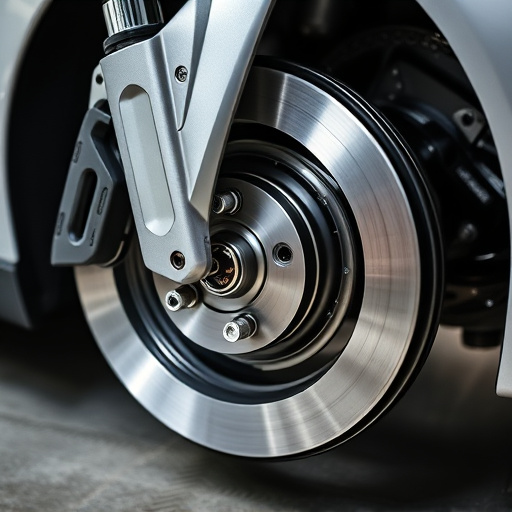
Universal catalytic converters (UCCs) are a key component in modern vehicle emissions control systems. These devices play a vital role in reducing harmful pollutants, such as nitrogen oxides, carbon monoxide, and hydrocarbons, from engine exhaust. Understanding the key components of a UCC is essential for proper installation and maximizing its efficiency.
A typical universal catalytic converter includes an oxidizing catalyst, a reducing catalyst, and a ceramic monolith substrate. The oxidizing catalyst facilitates the conversion of carbon monoxide (CO) and hydrocarbons (HCs) into less harmful substances like carbon dioxide (CO₂) and water (H₂O). The reducing catalyst helps in nitrogen oxide (NOx) reduction to nitrogen (N₂), further improving exhaust quality. The ceramic monolith substrate provides a large surface area for these chemical reactions to occur, ensuring optimal conversion efficiency. Incorporating high-performance parts, such as performance air filters and coilover kits, can enhance overall engine performance but must be considered alongside UCC installation for balanced vehicle dynamics and emissions control.
Common Installation Errors and Their Solutions
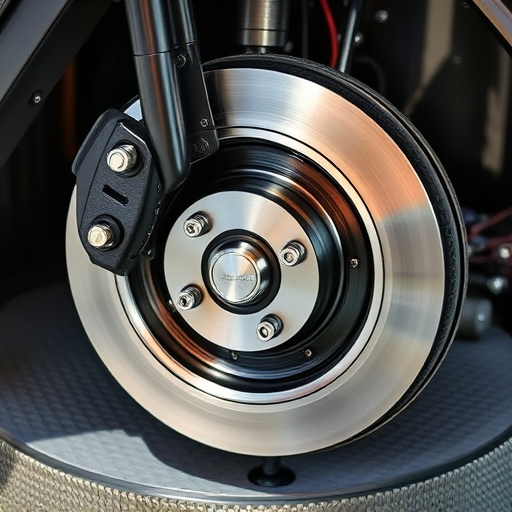
Common Installation Errors and Their Solutions
One of the most frequent mistakes when installing a universal catalytic converter is improper alignment. Ensuring the converter is correctly aligned with the vehicle’s exhaust system is crucial for optimal performance. Misalignment can lead to inefficient gas flow, reduced engine power, and potential damage to other components like brake rotors or coilover kits. Before installation, double-check your measurements and consult the manufacturer’s guidelines to guarantee a precise fit.
Another error is neglecting the integrity of the mounting hardware. Using subpar bolts or disregarding the recommended torque specifications can result in loose connections. This inconsistency may cause vibrations, potentially damaging the converter and nearby suspension kits. Always use high-quality hardware designed for catalytic converters and follow the manufacturer’s torque recommendations to maintain a secure installation.
Testing and Maintenance Tips for Optimal Performance
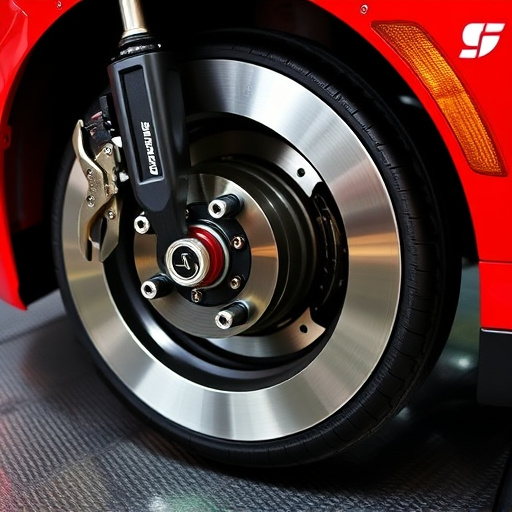
Regular testing and maintenance are essential for ensuring a universal catalytic converter operates at its peak efficiency. These systems play a crucial role in improving vehicle performance by reducing harmful emissions, so keeping them in good condition is vital. Start with routine visual inspections to check for signs of damage, corrosion, or leaks around connections.
Additionally, periodic functionality tests using specialized diagnostic tools can identify any issues with the converter’s ability to efficiently filter exhaust gases. Remember, proper maintenance also encompasses ensuring the suspension and intake components are in optimal condition as well—a well-maintained vehicle contributes to better overall performance, including enhanced catalytic converter function.
When installing a universal catalytic converter, understanding its key components and common installation pitfalls is crucial for optimal performance. By avoiding mistakes like incorrect fitment, improper alignment, and inadequate sealing, you ensure your vehicle’s emissions system functions effectively. Regular testing and maintenance also play a vital role in maximizing the converter’s efficiency. Armed with this knowledge, you can navigate the installation process with confidence, contributing to a cleaner environment and improved engine health.







